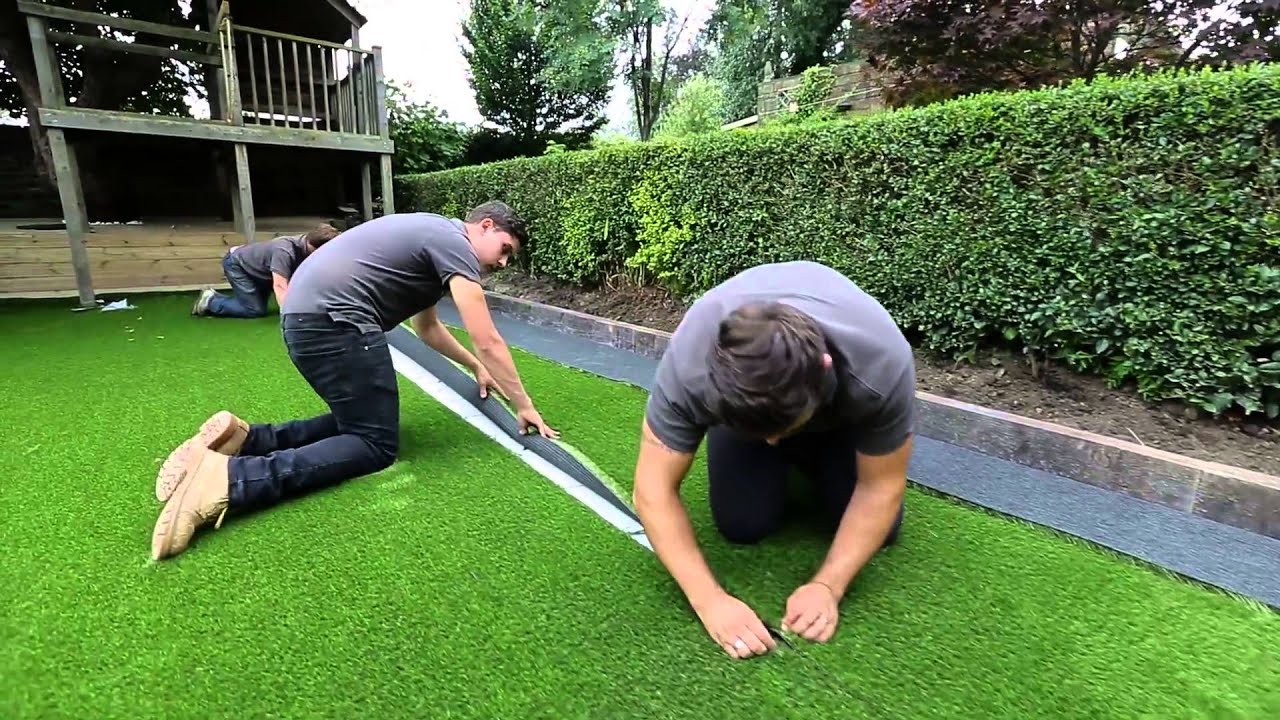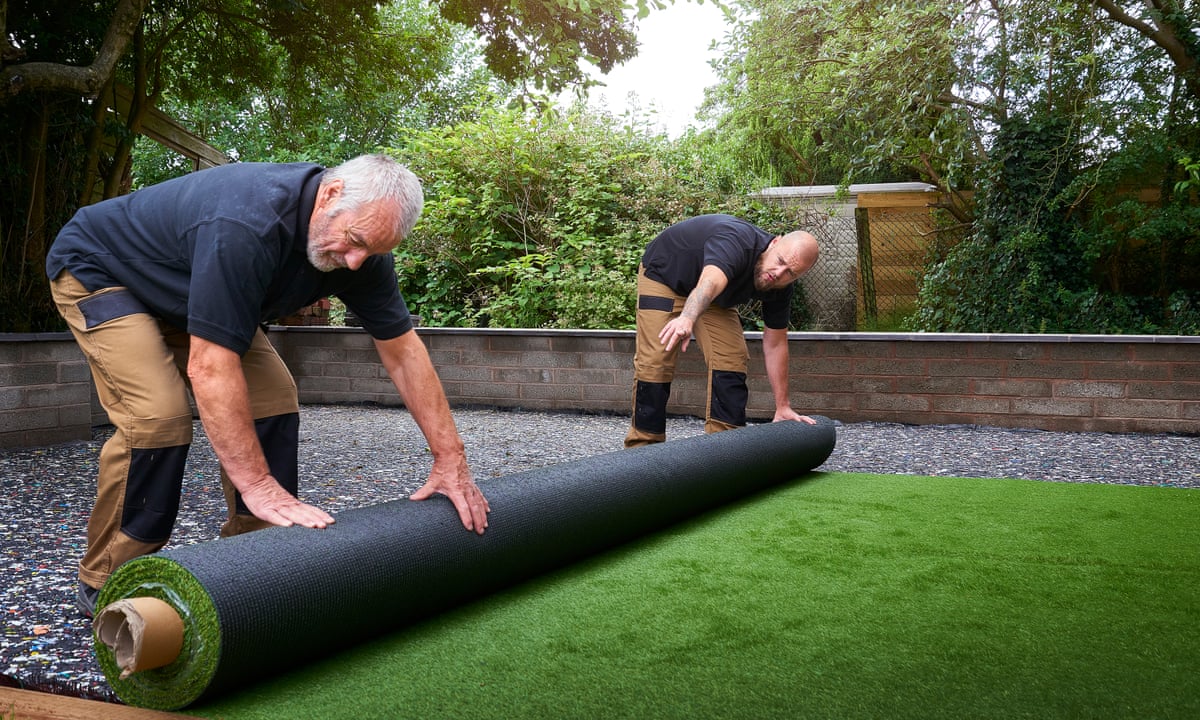Look Into the Environmental Conveniences of Opting for Synthetic Grass Solutions
The fostering of fabricated lawn solutions provides a compelling opportunity to address pressing environmental difficulties. By considerably decreasing water usage and minimizing the application of damaging chemicals, these options not just advertise lasting landscaping yet also safeguard local communities. In addition, the lower carbon footprint related to lowered upkeep tasks adds to a more lasting technique to land administration. The effects of these benefits expand beyond plain conservation initiatives, elevating questions regarding their lasting impact on environment conservation and overall ecological equilibrium. Exploring these dimensions exposes a complicated interaction worth taking into consideration.
Water Preservation Perks
One of the most substantial benefits of artificial grass is its ability to conserve water. In comparison, man-made lawn does not require watering, dramatically lowering the general demand for water sources.
By removing the demand for routine watering, artificial grass adds to sustainable landscape techniques and assists alleviate the environmental effect of too much water consumption. The preservation of water prolongs to the decrease of drainage, which can lead to dirt disintegration and waterway pollution.
Additionally, the installation of man-made lawn permits districts and home owners to designate water sources a lot more successfully, concentrating on essential usages such as drinking water and farming. The change in the direction of synthetic grass not just advertises accountable water usage but also aligns with broader ecological objectives targeted at protecting natural sources.
As areas significantly focus on sustainability, the water conservation advantages of fabricated turf provide a compelling situation for its adoption in residential and industrial landscaping tasks.
Decreased Chemical Use
The shift to synthetic grass dramatically decreases the reliance on chemical therapies generally utilized in natural yard upkeep. Standard turf monitoring generally includes the application of chemicals, herbicides, and fertilizers to promote development and control bugs. These chemicals can pose threats to human health, local wild animals, and the environment, adding to soil and water contamination.
In contrast, synthetic grass removes the demand for these unsafe substances. As soon as installed, it requires marginal upkeep, mostly including normal cleaning and seldom infill replenishment. This reduction in chemical usage not only profits the immediate atmosphere yet also adds to more comprehensive environmental security. By decreasing the release of artificial compounds right into the ecological community, synthetic grass advertises healthier soil and water supply.
Moreover, the absence of chemical runoff connected with synthetic grass installations helps protect regional rivers from air pollution, sustaining marine life and keeping biodiversity. Phoenix turf companies. As areas significantly focus on sustainable practices, choosing synthetic grass presents a viable solution that aligns with ecological preservation objectives. With this shift, building proprietors can take pleasure in rich green rooms without endangering eco-friendly health, leading the way for a much more sustainable future
Reduced Carbon Impact

In addition, the setup of synthetic grass can result in considerable water conservation. All-natural grass call for considerable quantities of water for irrigation, which not only adds to the carbon footprint connected with water removal and treatment however also stress neighborhood water resources. On the other hand, synthetic lawn requires marginal maintenance, needing no watering, therefore considerably minimizing water use and its associated energy costs.
Furthermore, the durability of synthetic grass adds to its reduced carbon influence. With a life-span of up to 15 years or more, the need for constant replacements is decreased, leading to much less waste and lower power usage in manufacturing and taking care of traditional grass alternatives. In general, synthetic turf presents a sustainable alternative for eco aware landscaping.
Environment Preservation
Habitat preservation is a crucial consideration in the argument over landscaping selections, especially when contrasting man-made turf to all-natural lawn. Natural turf yards often call for substantial upkeep, including using check out this site herbicides, pesticides, and plant foods, which can detrimentally affect local communities. These chemicals can seep right into the soil read this article and rivers, harming indigenous plants and fauna and interfering with regional environments.
On the other hand, synthetic grass offers an opportunity to lower the eco-friendly impact of landscaping. By selecting artificial turf, home owners can lessen the disruption of natural environments related to typical lawn treatment practices. Synthetic grass eliminates the requirement for hazardous chemicals, thus protecting close-by wild animals and keeping the stability of bordering communities. In addition, the installation of fabricated grass can lead to the conversion of former lawn locations into even more biodiverse landscapes, such as pollinator yards or indigenous plant locations, which can support neighborhood wild animals.
Ultimately, the transition to artificial lawn not only conserves water and reduces upkeep initiatives however additionally promotes a much more harmonious partnership between human activities and the natural surroundings, promoting environment conservation at the same time.
Long-Term Sustainability
Long-lasting sustainability is a critical consider evaluating the benefits of synthetic lawn over standard yard yards. One of one of the most considerable benefits of synthetic turf is its durability; it can last approximately 15-20 years with minimal upkeep, whereas all-natural turf calls for regular reseeding and substitute. This longevity lowers the requirement for consistent sources, such as water, fertilizers, and chemicals, which are necessary for maintaining a healthy yard yard.
Furthermore, artificial lawn contributes to a decrease in carbon exhausts related to yard care tools. Conventional grass usually need gas-powered lawn mowers, leaners, and blowers, every one of which add to air contamination. Phoenix turf companies. On the other hand, artificial turf gets rid of the demand for such tools, promoting a cleaner setting
Furthermore, the production of fabricated turf progressively utilizes recycled materials, boosting continue reading this its sustainability profile. As producers take on green practices, the environmental impact of man-made lawn proceeds to diminish.

Verdict
The adoption of synthetic grass services provides considerable ecological benefits, consisting of significant water conservation, minimized dependence on unsafe chemicals, and a reduced carbon impact. Additionally, synthetic grass aids in protecting natural habitats by lessening land disturbance and promoting long-term sustainability via using long lasting materials. Jointly, these factors underscore the possibility of man-made turf to add favorably to environmental wellness and provide a feasible option to conventional landscaping practices in a progressively resource-conscious world.
In comparison, synthetic grass does not require watering, dramatically lowering the overall demand for water resources. By minimizing the release of artificial compounds right into the community, synthetic lawn advertises healthier dirt and water systems.
Moreover, the setup of fabricated grass can result in significant water conservation. In comparison, artificial turf requires marginal upkeep, calling for no watering, thus significantly lowering water usage and its linked energy expenses.
